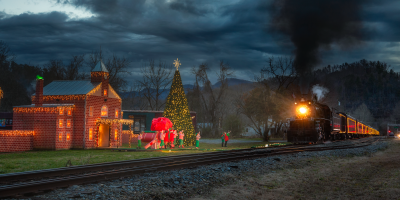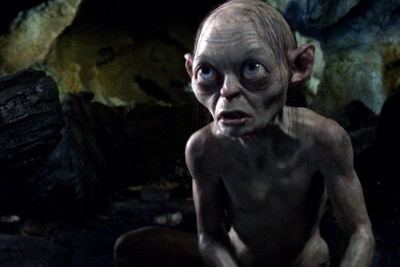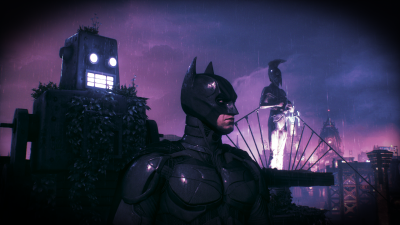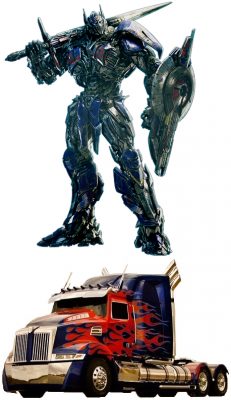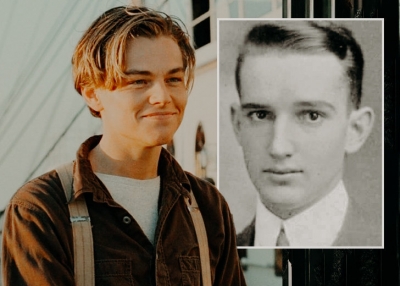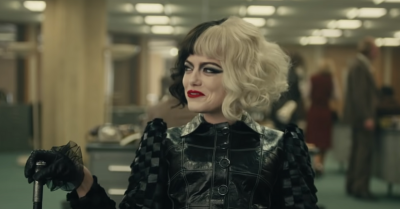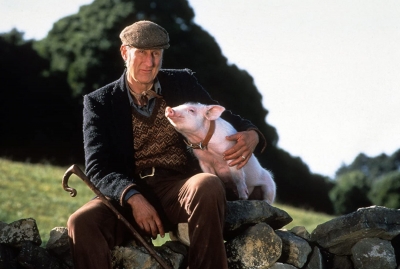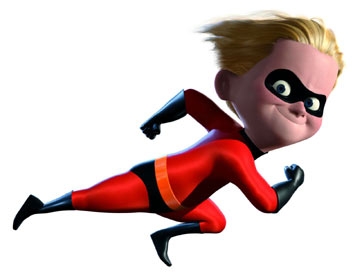How does Carl make his house fly?
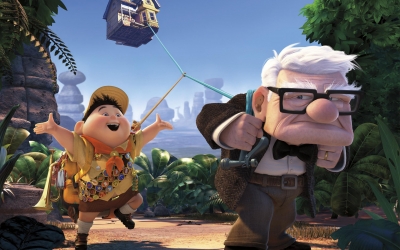
Up is a 2009 American computer-animated film produced by Pixar Animation Studios and released by Walt Disney Pictures. The film centers on an elderly widower named Carl Fredricksen (Ed Asner) and an earnest boy named Russell (Jordan Nagai); by tying thousands of balloons to his house, Carl sets out to fulfill his dream to see the wilds of South America and complete a promise made to his late wife, Ellie. The film was directed by Pete Docter and co-directed by Bob Peterson, who also wrote the film's screenplay with Docter, as well as the story with Tom McCarthy. The music was composed by Michael Giacchino, who had also composed music for The Incredibles and Ratatouille.
After Ellie's death, Carl has become negative, ill-tempered, and bitter and misses his wife terribly. Though with Russell's help, he became nicer.
Carl has the typical obstinate character of a man his age but deep down he's a kind person, but has his limits in patience and temper. He found Russell, Dug, and Kevin to be aggravations and obstructions in his goal to fulfill Ellie's dream of moving their home to Paradise Falls, but after he read her final message to him, he did what was right and rescued Russell and Kevin, and accepted Dug as his dog.
When he lost his and Ellie's house, he was depressed but realized Ellie would have done the same, stating "It's just a house".
Carl vouched for Russell at his ceremony and gave the young scout the very same soda bottle cap that Ellie gave him the day they met, having come to love Russell as the son, or perhaps grandson he never had.
Credit : Fandom
Picture Credit : Google
